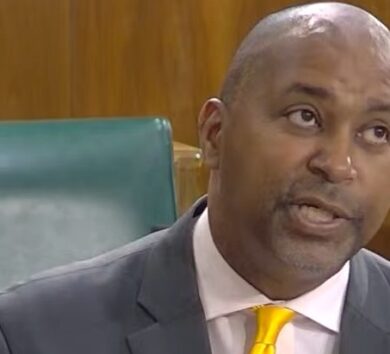

LONDON (Reuters)
Britain is launching a polio vaccine booster campaign for children in London aged below 10, after confirming that the virus is spreading in the capital for the first time since the 1980s.
The UK Health Security Agency has identified 116 polioviruses from 19 sewage samples this year in London. It first raised the alert on finding the virus in sewage samples in June.
The levels of poliovirus found since and the genetic diversity indicated that transmission was taking place in a number of London boroughs, the agency said on Wednesday.
No cases have yet been identified but, in a bid to get ahead of a potential outbreak, GPs will now invite children aged 1-9 for booster vaccines, alongside a wider catch-up campaign already announced. Immunisation rates across London vary, but are, on average, below the 95 per cent coverage rate the World Health Organization (WHO) suggests is needed to keep polio under control.
Polio, spread mainly through contamination by faecal matter, used to kill and paralyse thousands of children annually worldwide. There is no cure, but vaccination brought the world close to ending the wild, or naturally occurring, form of the disease. It paralyses less than one per cent of children who are infected.
The virus found in London sewage is mainly the vaccine-like virus, which is found when children vaccinated with a particular kind of live vaccine – now only used overseas – shed the virus in their faeces. This harmless virus can transmit among unvaccinated children, and while doing so, can mutate back into a more dangerous version of the virus, and cause illness.
Last month, the United States found a case of paralytic polio outside New York in an unvaccinated individual, its first for a decade. The UKHSA said the case was genetically linked to the virus seen in London.
Britain is also expanding surveillance for polio to other sites outside London to see if the virus has spread further. The risk to the wider population is assessed as low because most people are vaccinated even if rates are below the optimal levels to prevent spread.







Comments